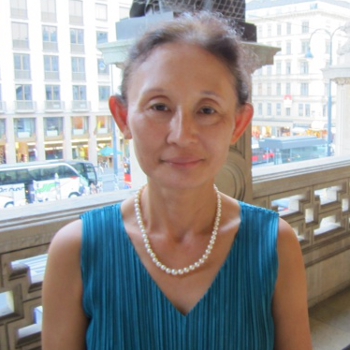Celebrating its 200th anniversary in 2020, Opéra Royal de Wallonie-Liège presented a new production by Stefano Mazzonis di Pralafera of the less-often staged French version of Verdi’s Don Carlos. Despite its length (over four and a half hours including an intermission) and some languor in parts of music, the ambitious project succeeds thanks to commendable musical performance and a traditional but stunning mise-en-scène. The full house, young and old, showered the performers with enthusiastic applause, and filed out into the evening with smiles knowing they had witnessed a thrilling performance of a grand opera befitting the house’s illustrious history.
How can one describe a sense of wonder and admiration in experiencing a 65-year-old (almost 66) tenor with a ringing voice and effortless high notes singing Don Carlos? Gregory Kunde was the clear standout of the impressive ensemble of singers. His voice is full, strong, clear and opens up in a rising crescendo just as easily as in a tender pianissimo, while retaining warmth and ardor. He was at his best in his numerous duets and ensemble singing with his colleagues and the magnificent chorus, his voice audible and dominating over others and orchestra. Carlos’ extended duets with his friend Rodrigue in Acts 2 and 4 as well as his touching scenes with his stepmother/former fiancée Elisabeth in Acts 2 and 5 brought splendid dynamic tension and probed emotional depth of the music drama.
As Rodrigue, the Belgian Lionel Lhote succeeded in combining his elegant French style with his virile and penetrating baritone to create a Posa of unforgettable humanity. Italian bass Ildebrando D’Arcangelo was a deep and gravelly voiced Philippe II with power and resonance in voice, his character a troubled but resolute ruler. I would have wanted a little more nuance and color in his show-stopping aria “Elle ne m'aime pas” but he was a commanding presence on stage as the king should be. The great bass Roberto Scandiuzzi made the most of his brief scenes as Le Grand Inquisiteur; it was a pleasure to hear the role sung not so much with snaring malice as with dignified authority. D’Arcangelo and Scandiuzzi created a moving scene in the king’s study in Act 4, giving us a glimpse of the humanity of the characters with their splendid singing.
The female voices were a bit more mixed. As Elisabeth, Spanish soprano Yolanda Auyanet boasted lovely, sweet and gleaming middle voice and acted with sympathy and tenderness. Her high notes were occasionally strained early in the evening. Her big aria in the last act began tentatively, but she gathered strength as she went on and ended with thrilling sets of blooming high notes. Kate Aldrich’s mezzo is perhaps a little slim to essay the dynamic role of La Princesse Eboli, but her artistry in creating a complex character came through, and her Veil Song was delightful. Smaller roles were all well cast, with Patrick Bolleire as monk and Caroline de Mahieu as Thibault making good contributions. Paolo Arrivabeni’s conducting was at times turgid and lacking in momentum, but he brought out dramatic contours of Verdi’s music with intensity in crucial scenes. The orchestra played with splendid color and sensitivity, especially the winds that accompanied soloists.
The production is traditional in sets and costumes with some interesting effects. Fontainebleau forest is projected on the back screen, which was raised at the end of Act 1 to bring out the sets of the monastery of Act 2. The same sets, reversed or moved around, served as the monastery, palace, study, prison, with props brought out by stagehands dressed in the period costume. The relatively swift and simple scene changes took place with the curtain up in full view of the audience, thus minimizing the interruption of the flow of music. The costumes by Fernand Ruiz were sumptuous in color, fabric and design, with ladies’ hats especially creative. Franco Marri’s evocative lighting added layers of atmospheric gloom. One interesting directorial touch was the presence of the monk throughout most of the scenes as a silent observer. The identification of the monk with Philippe’s father Charles V is here explicit, with the monk bearing the crown and cloak standing as a silent figure facing the audience at the beginning and end of the performance.
As splendid and luxurious as the sets and costumes were, the evening belonged to the genius of Verdi, who also had enough sense to cut some extraneous music of his French version for the more succinct Italian one. The performance in Liège brought out his creative brilliance with a strong cast supported by a good orchestra; a great night at the opera.




